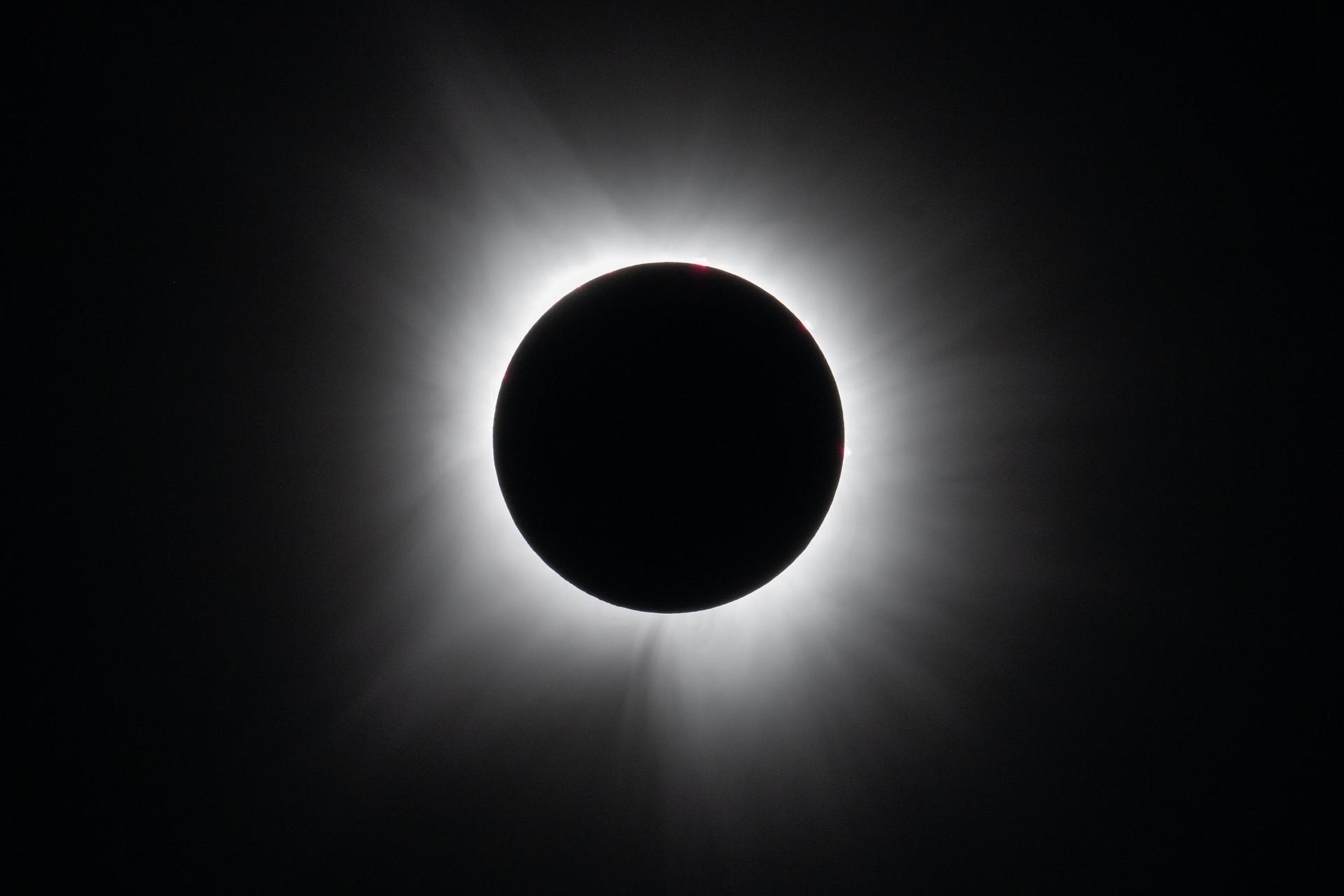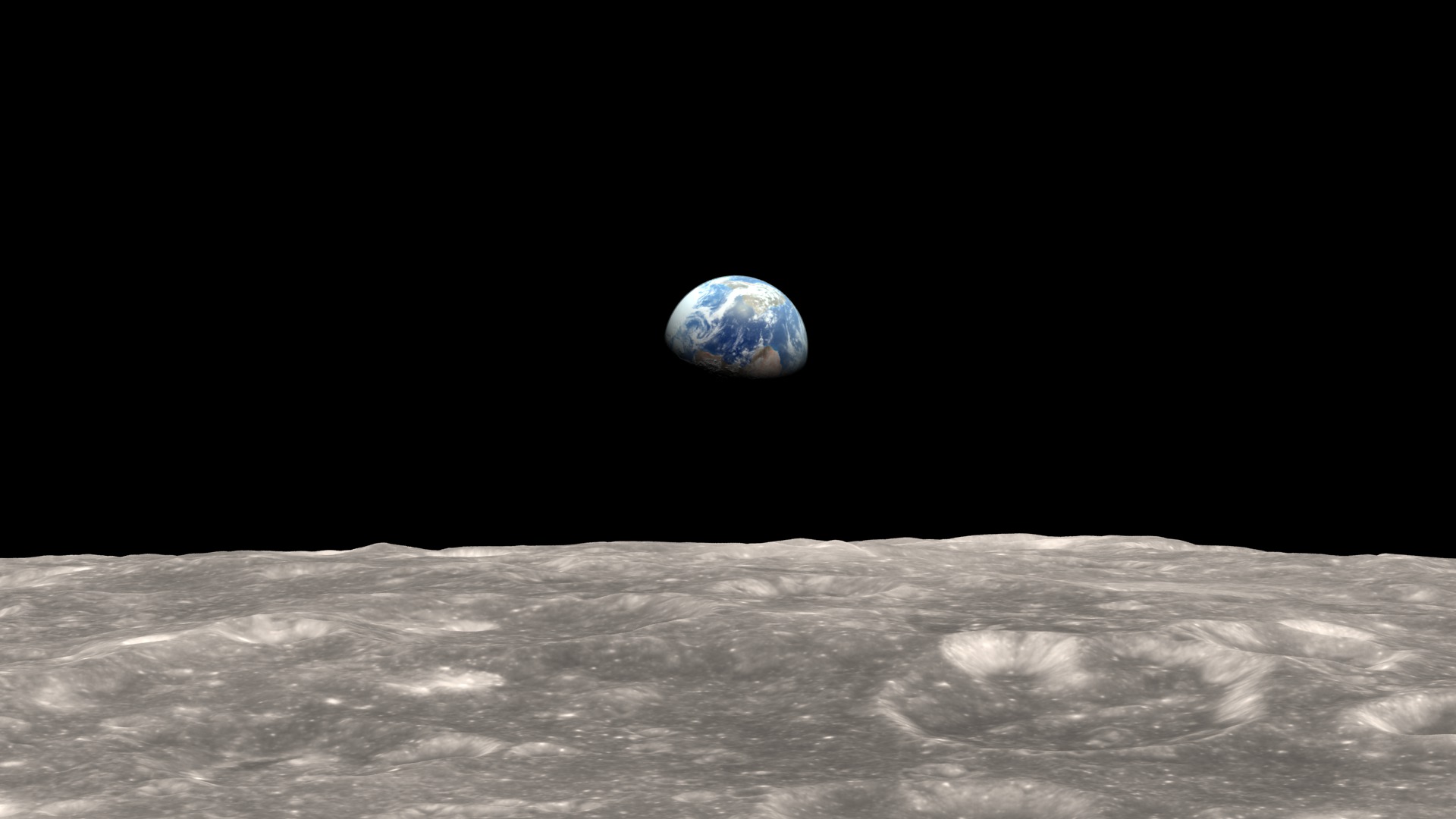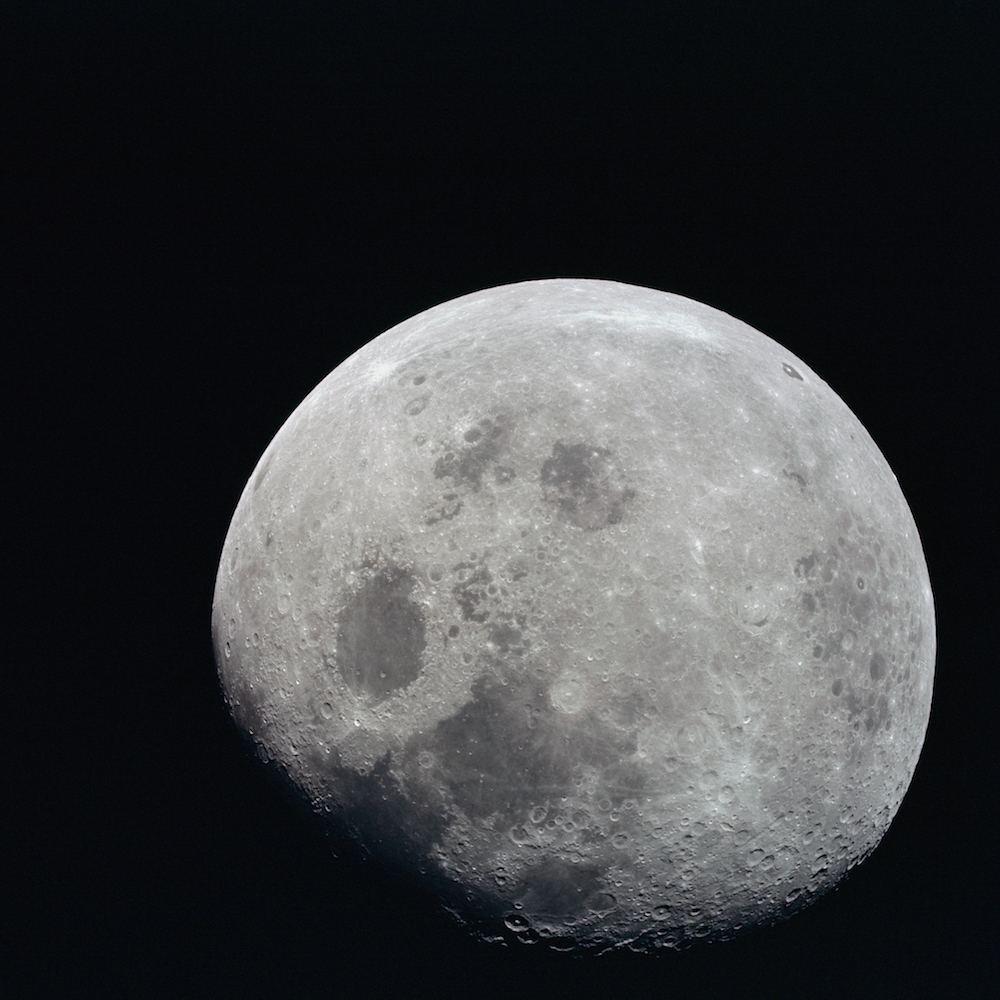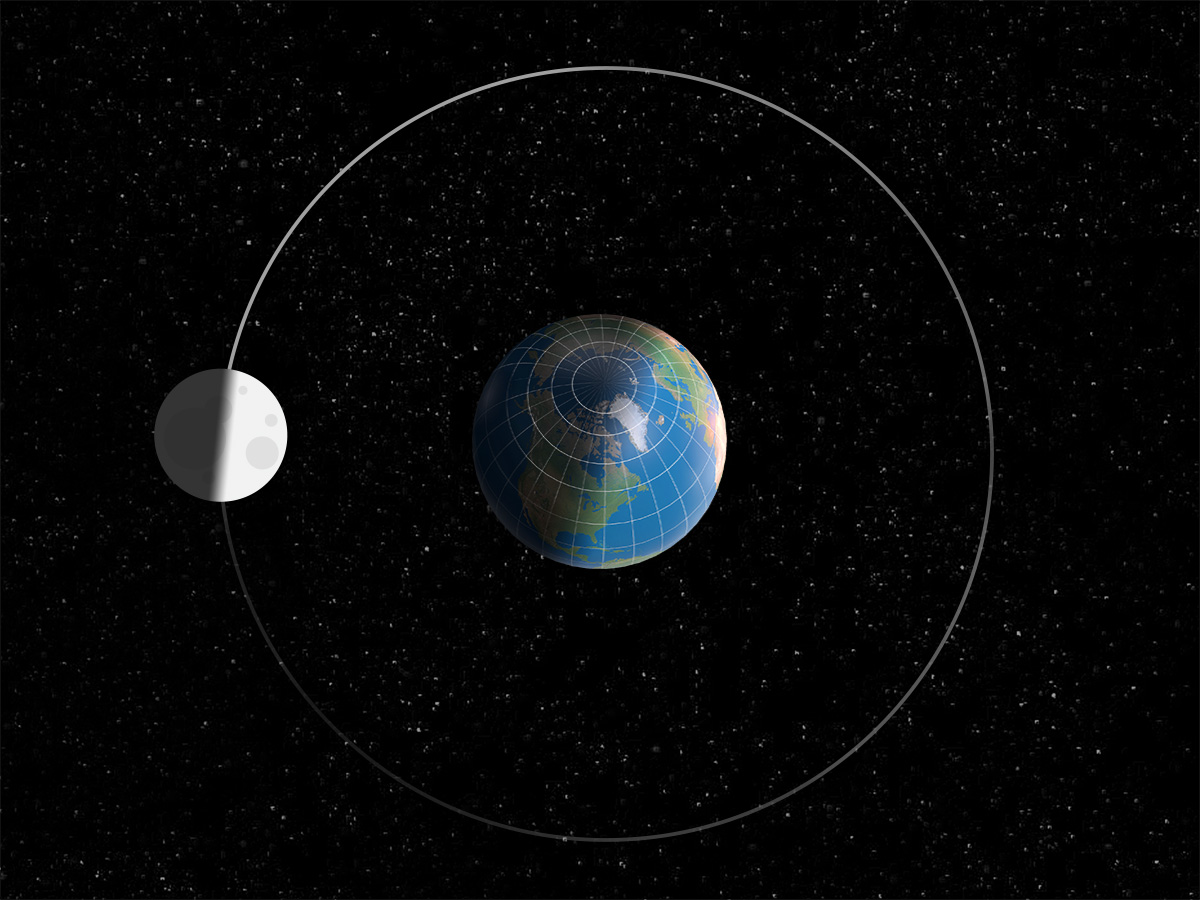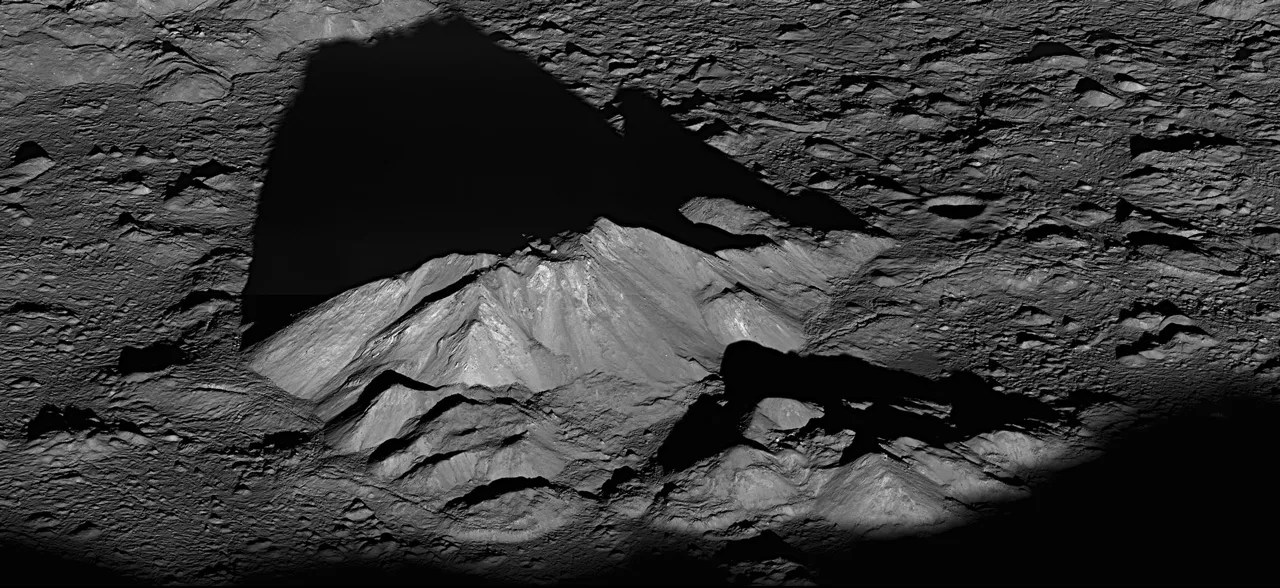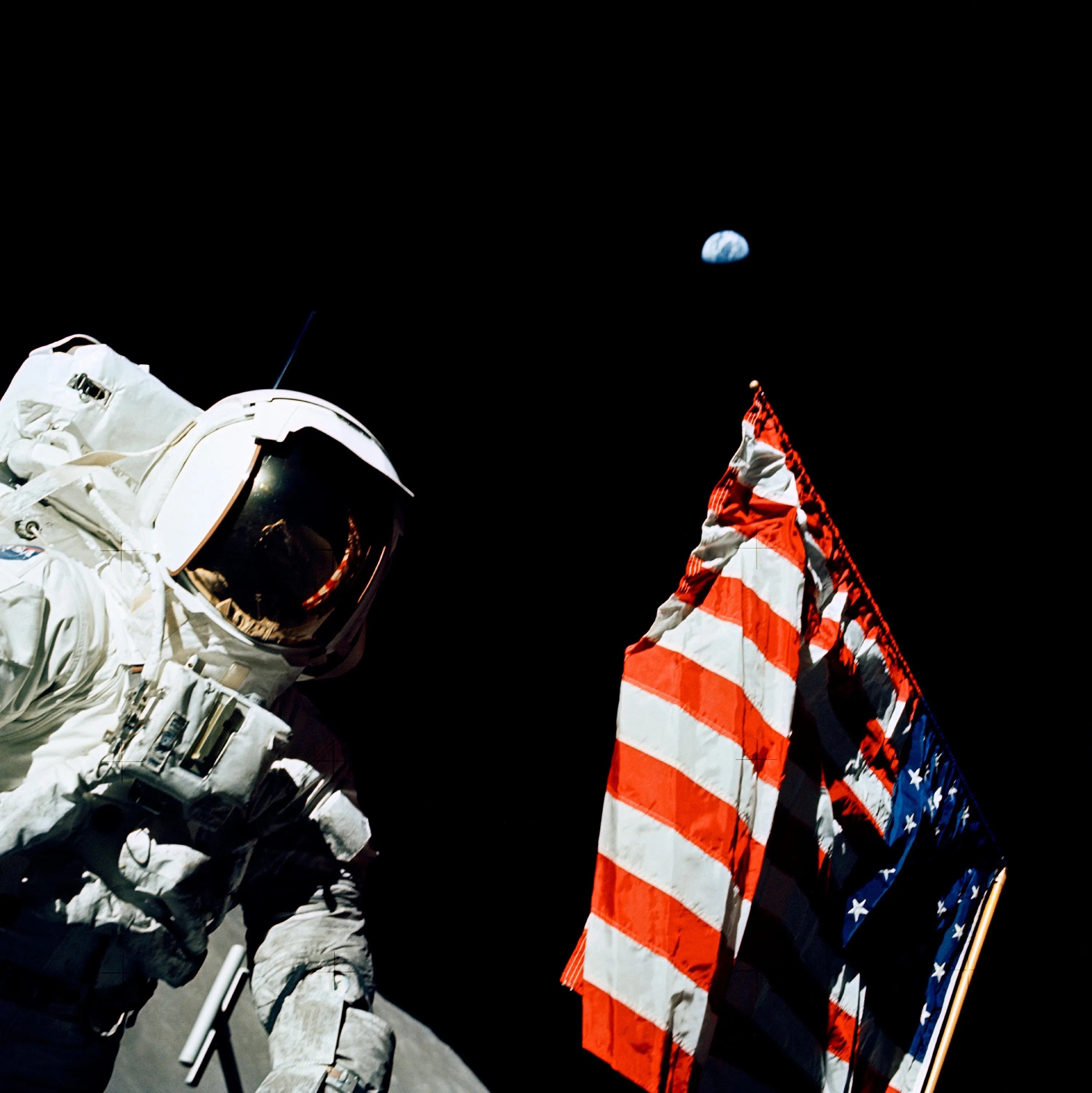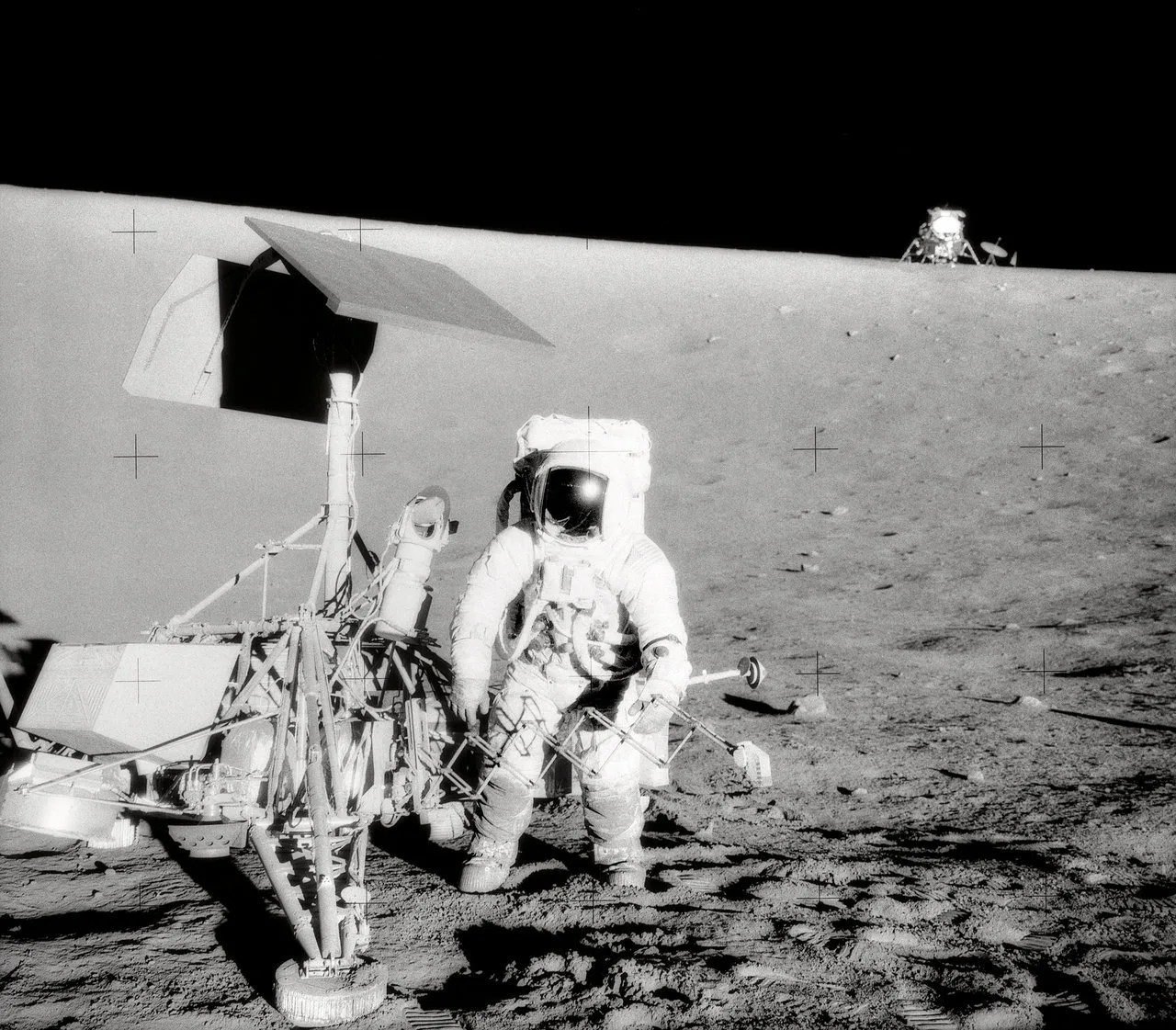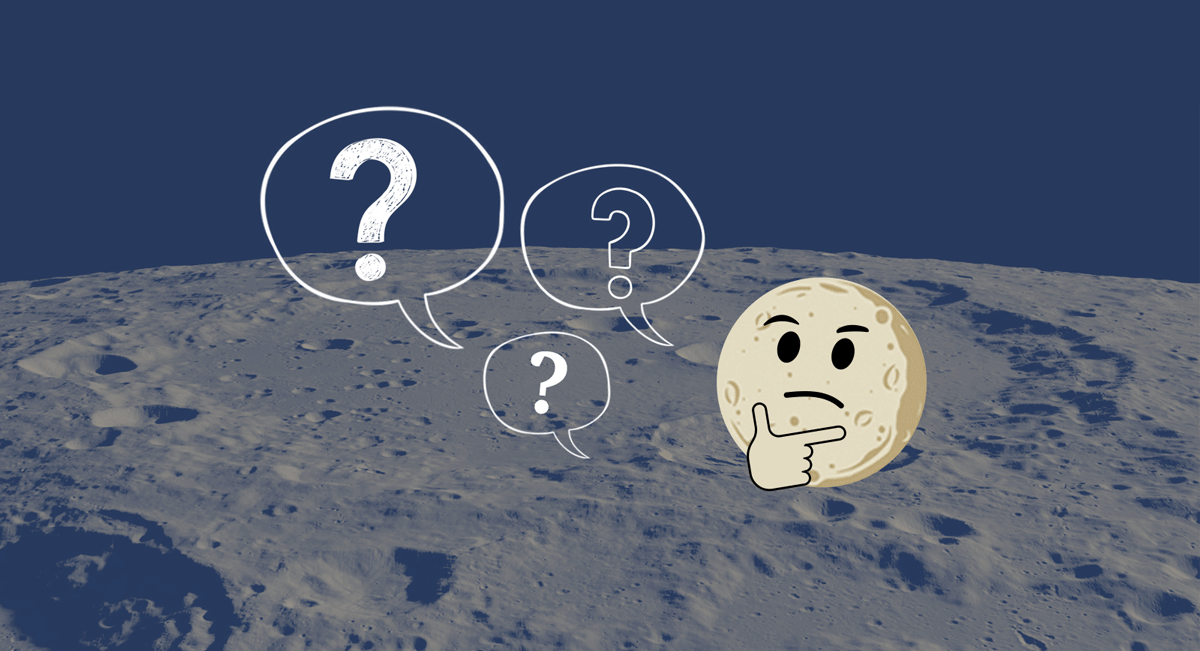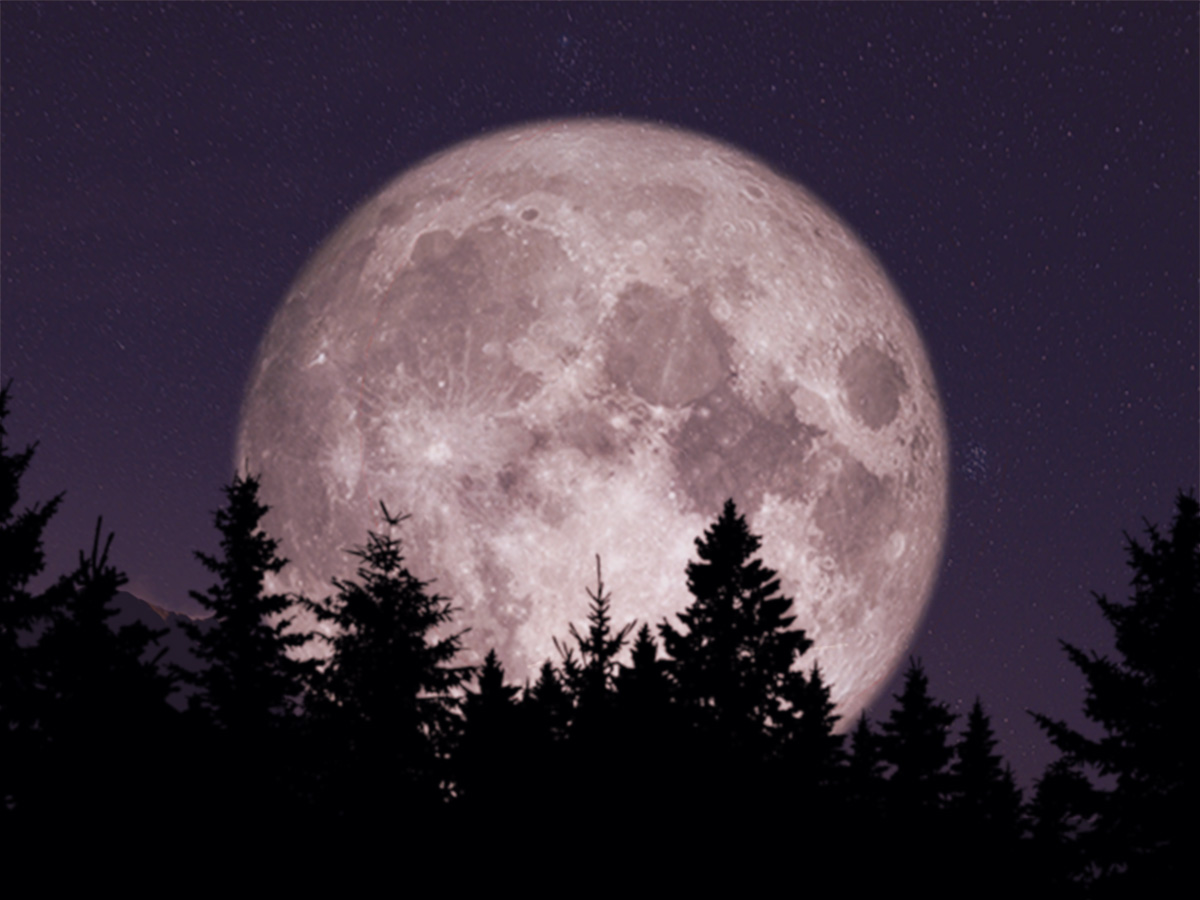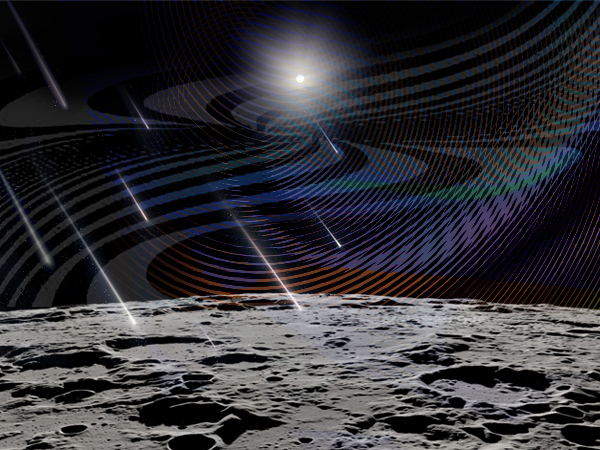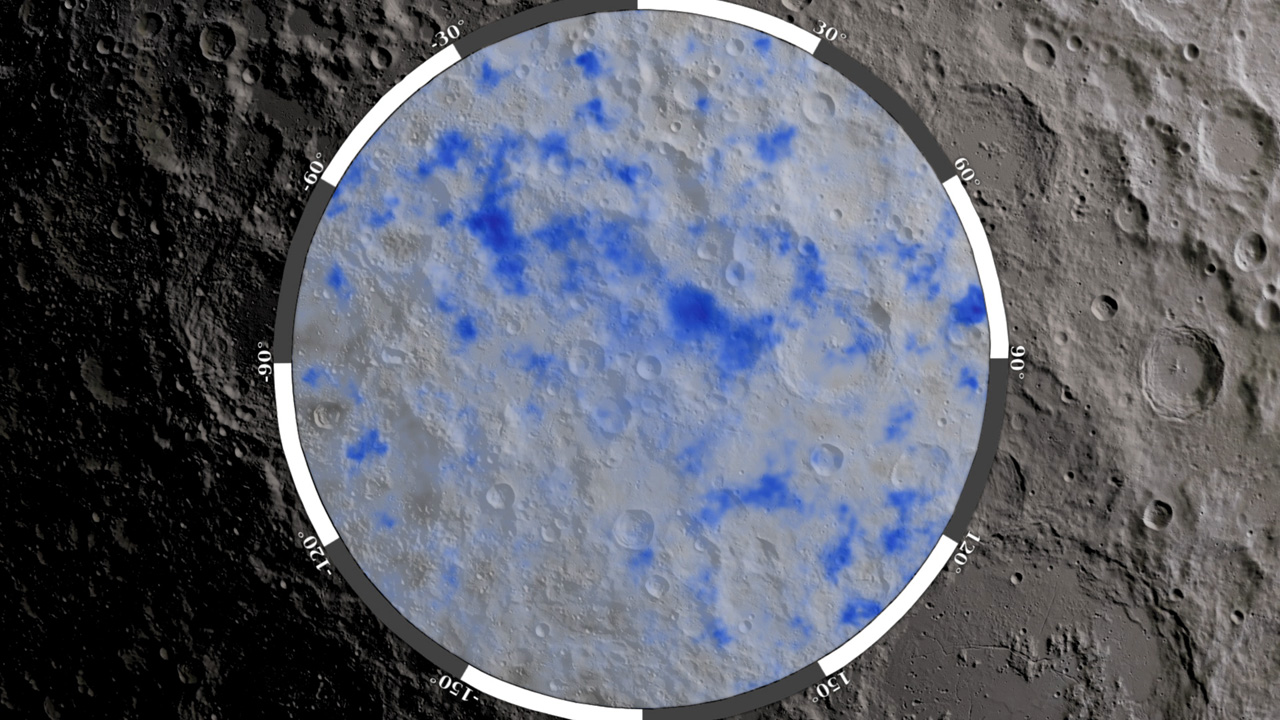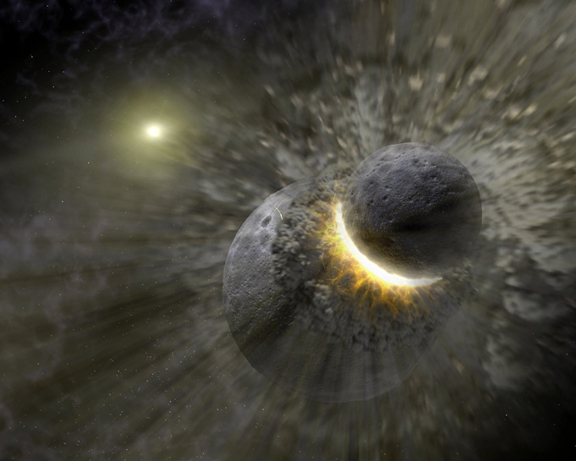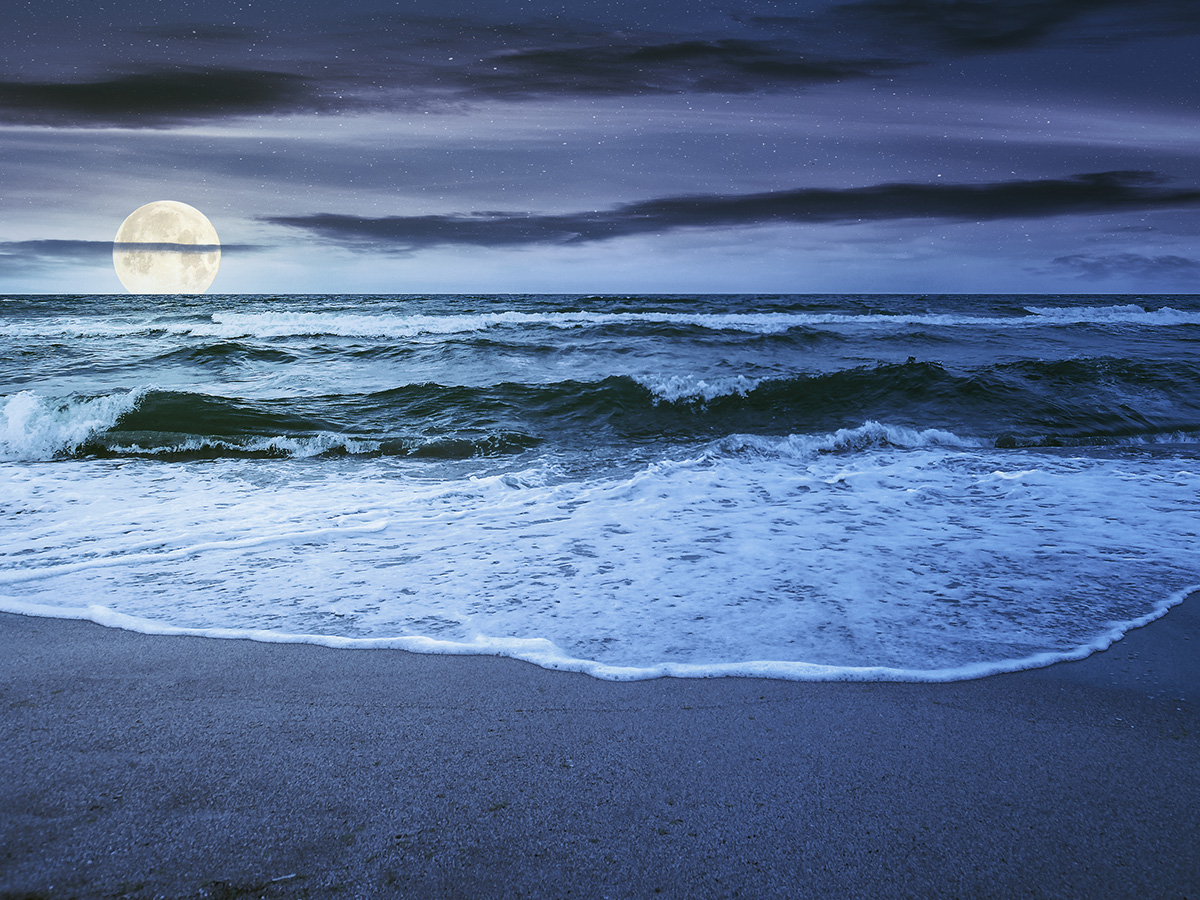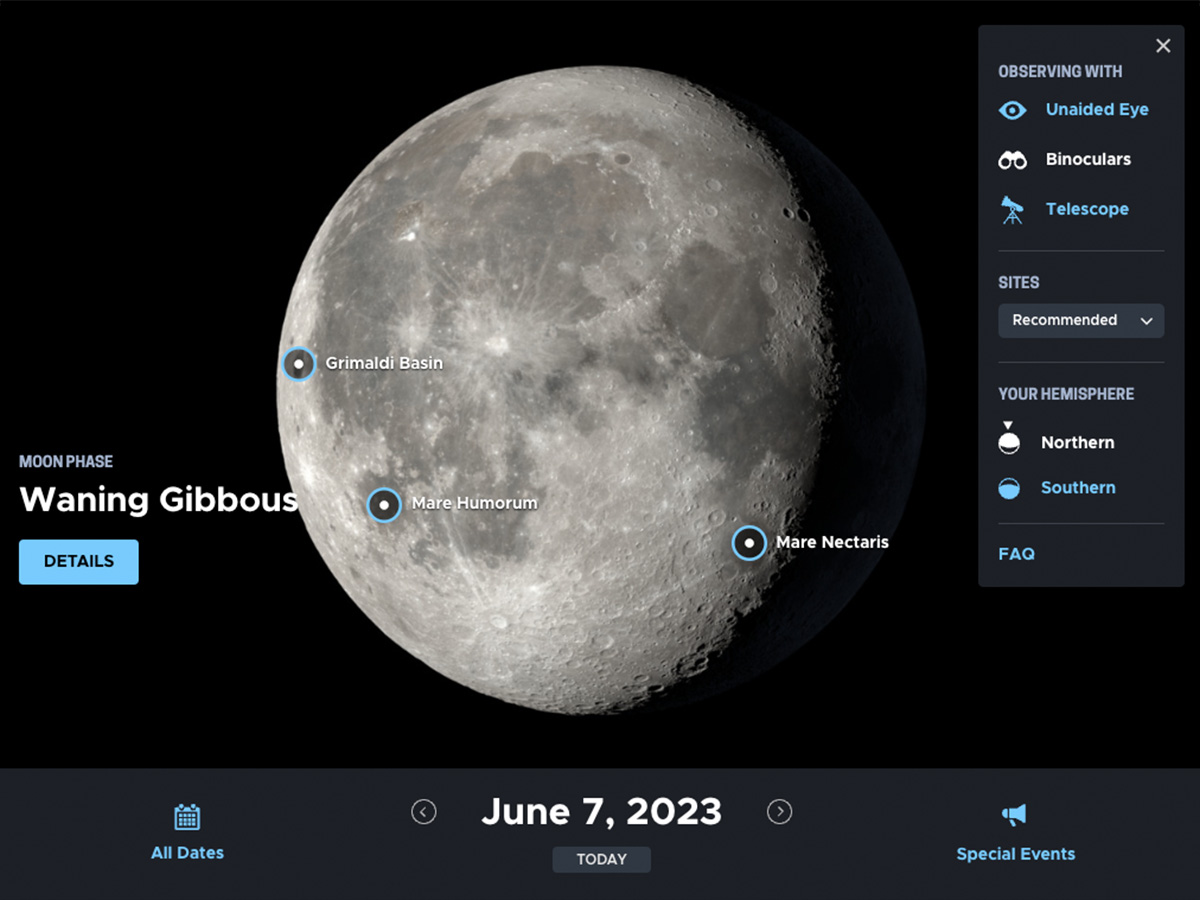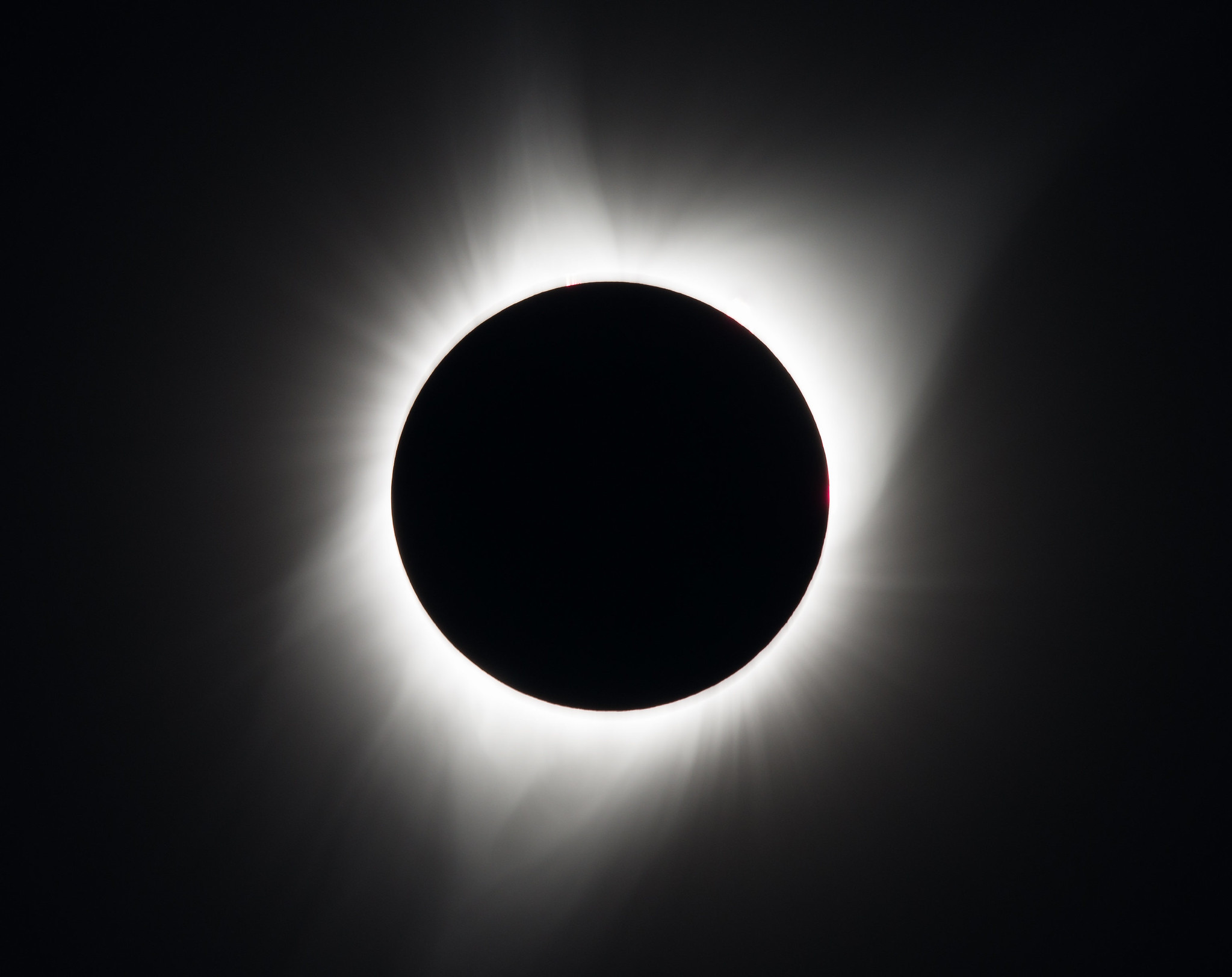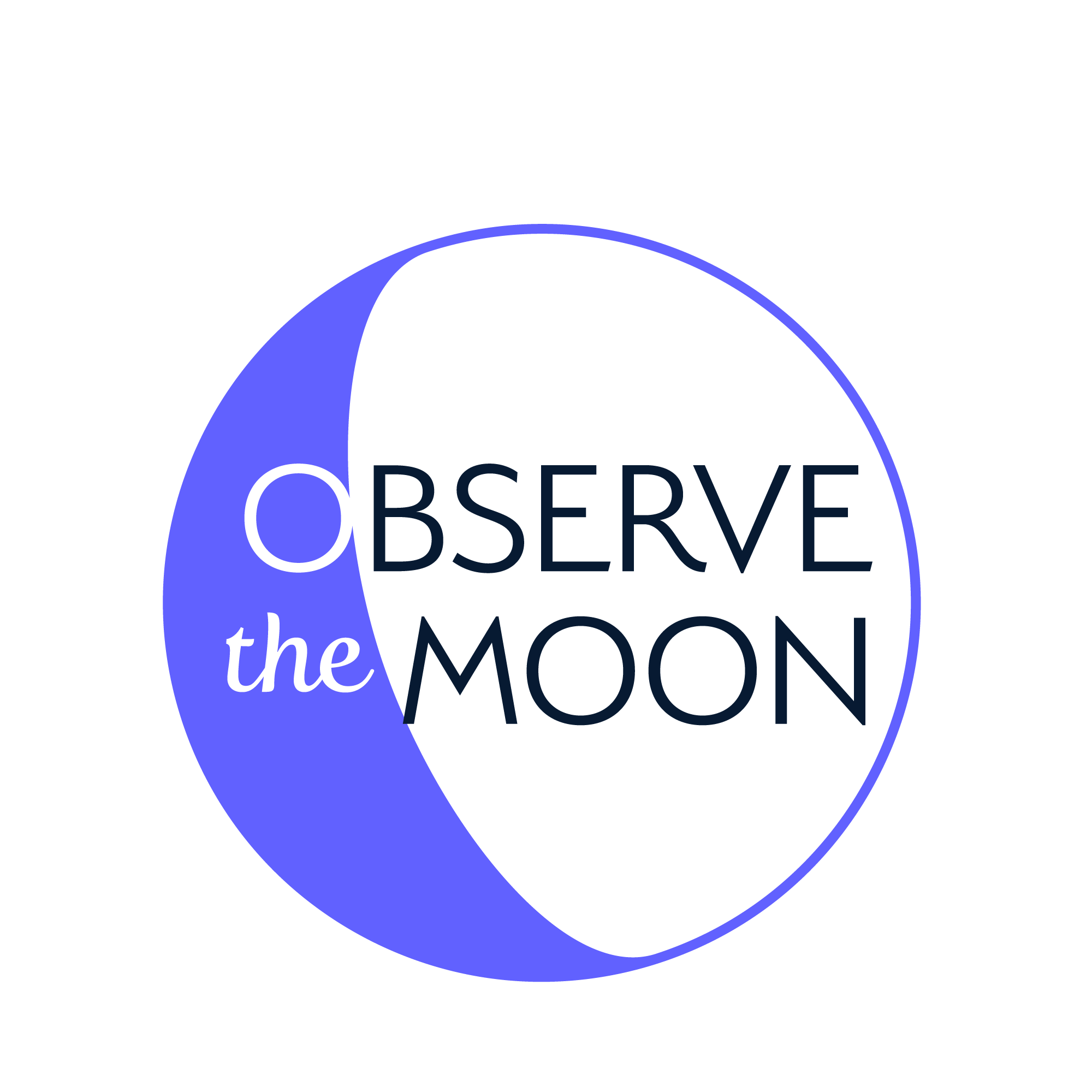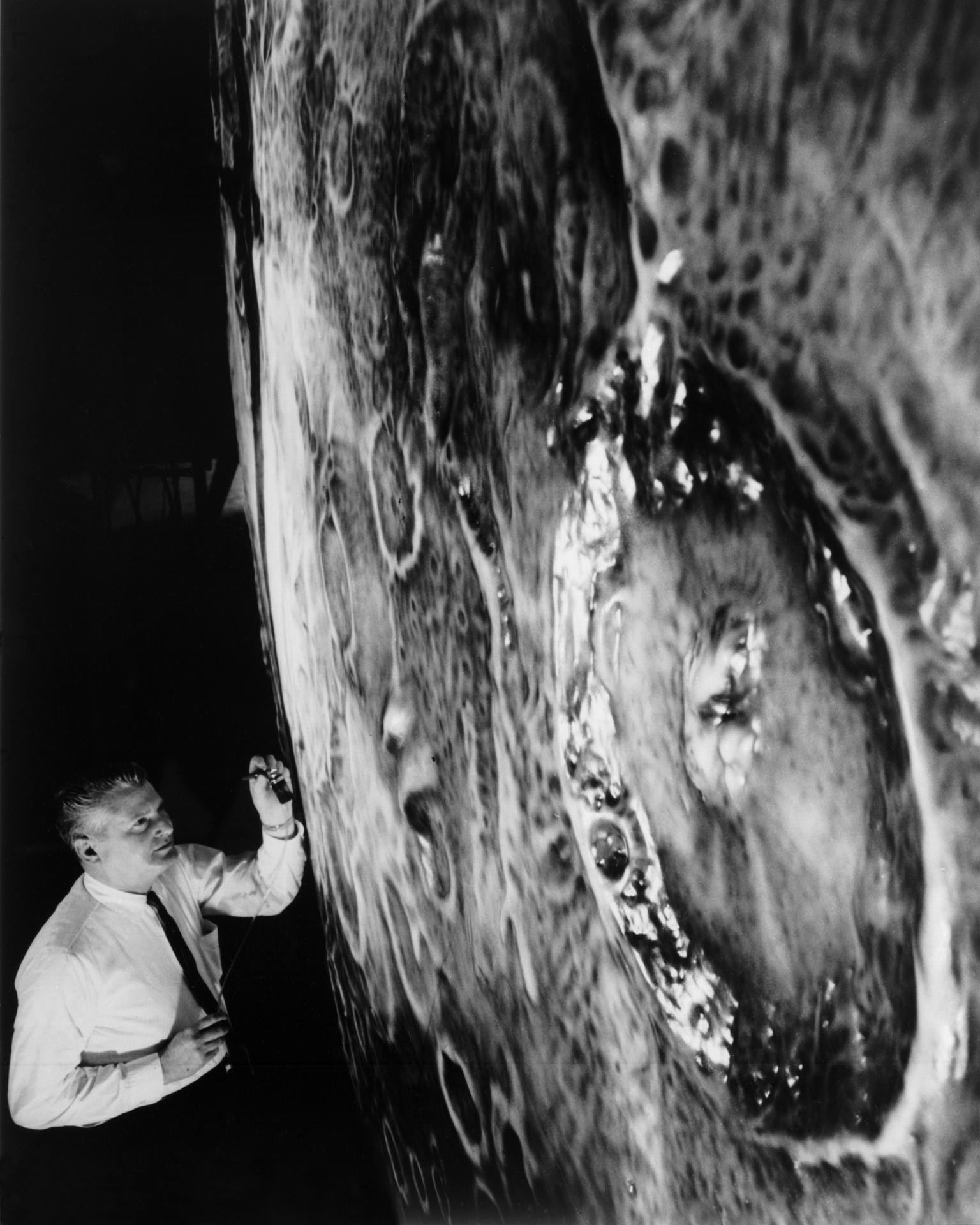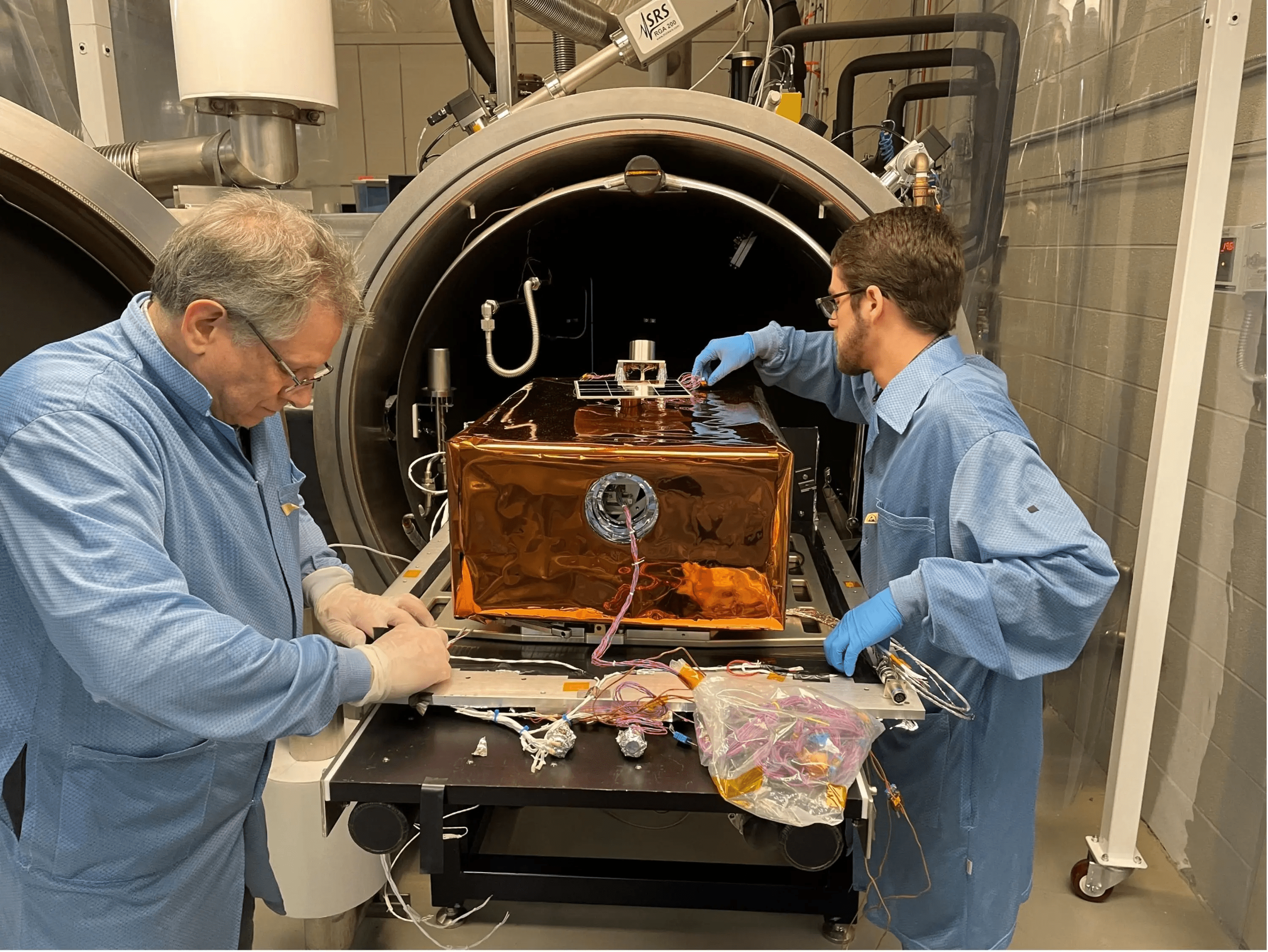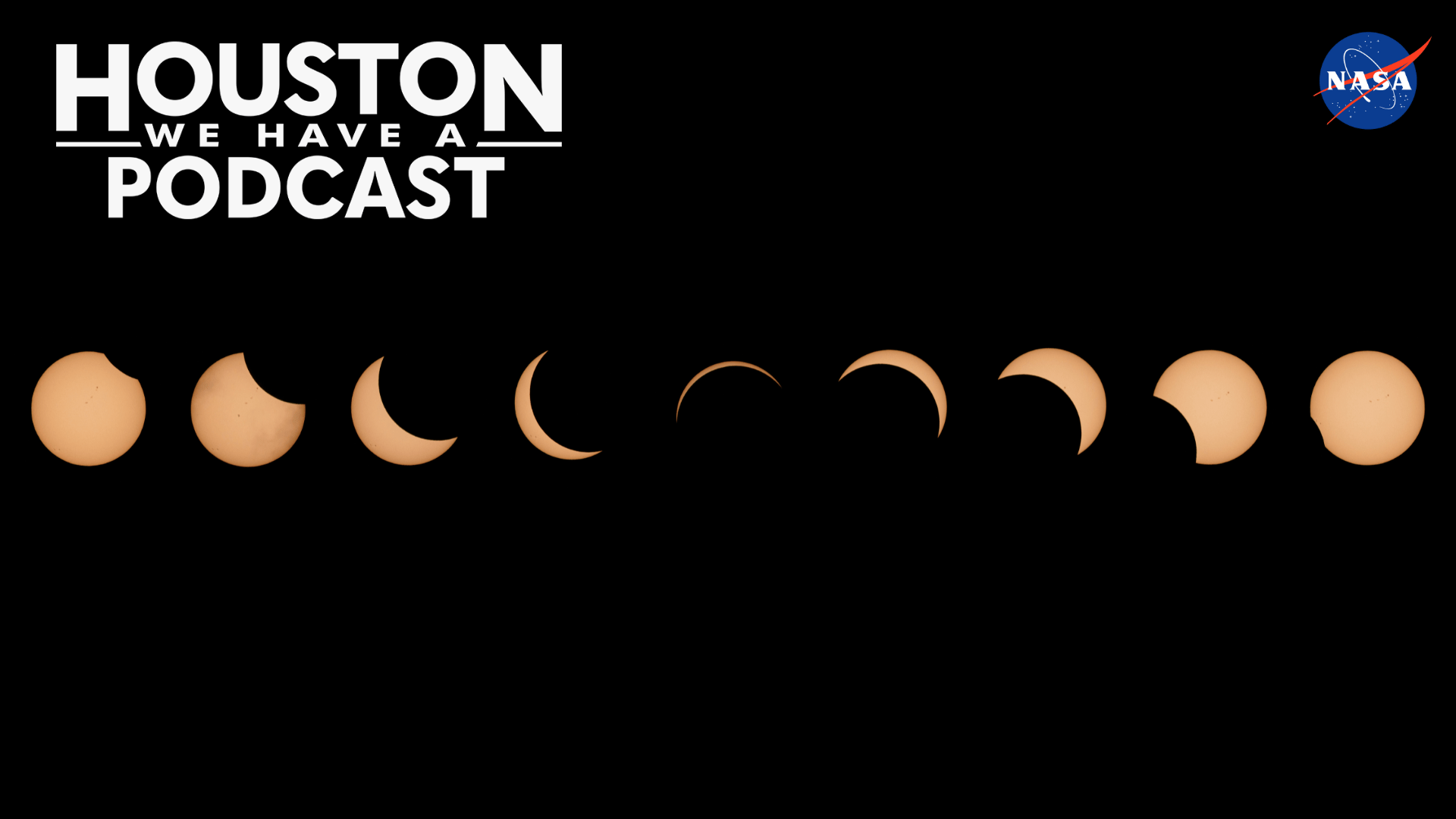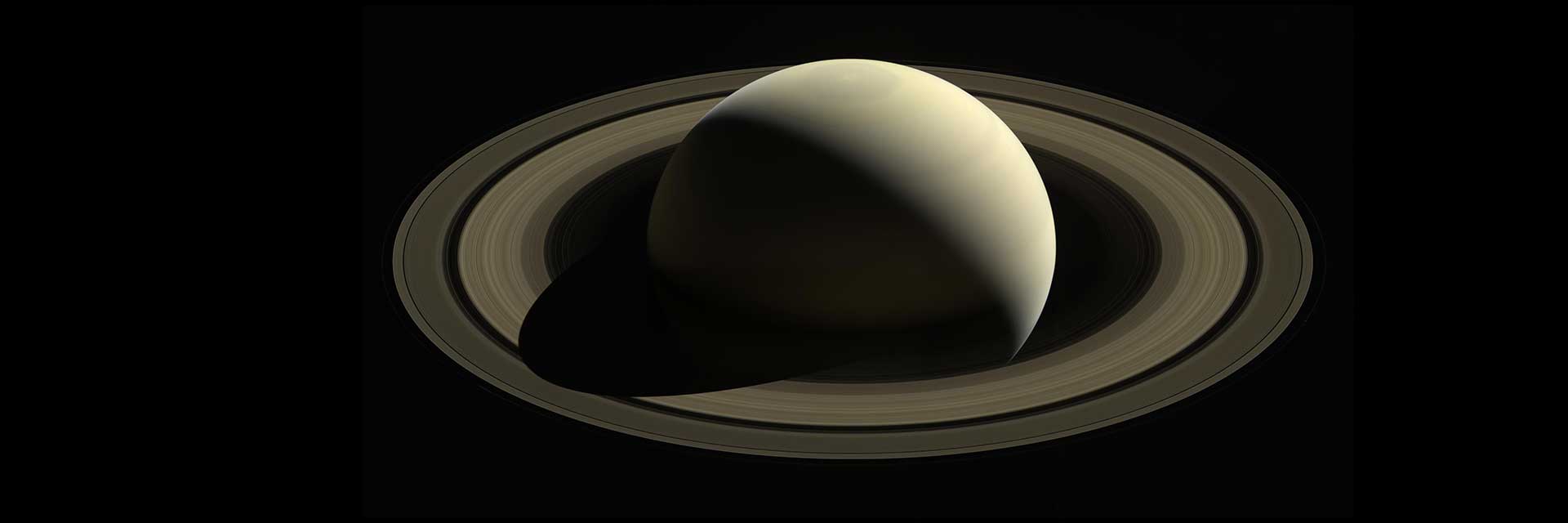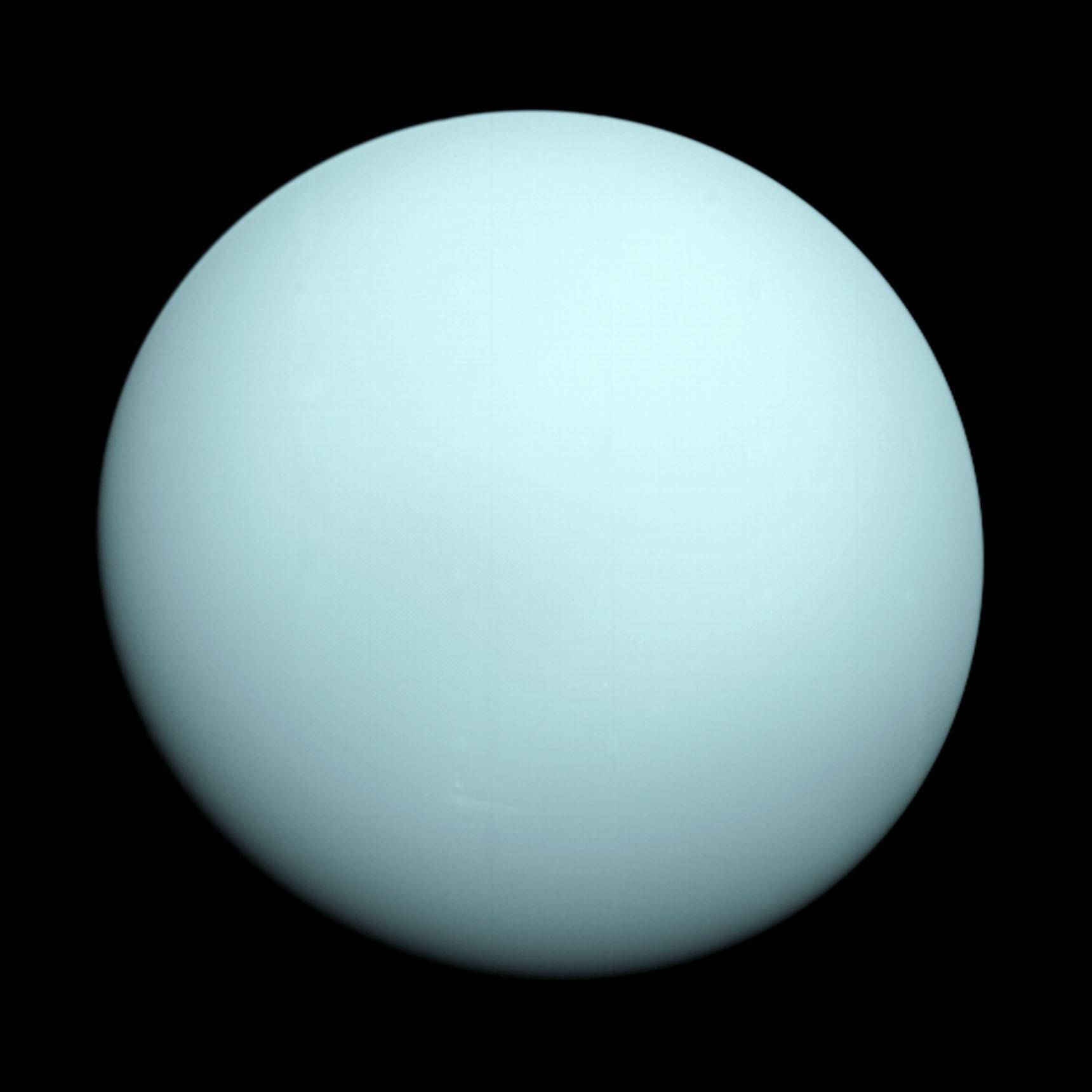About earth's moon
Overview
Earth's Moon is the brightest and largest object in our night sky. The Moon makes Earth a more livable planet by moderating our home planet's wobble on its axis, leading to a relatively stable climate. It also causes tides, creating a rhythm that has guided humans for thousands of years.
The Moon was likely formed after a Mars-sized body collided with Earth several billion years ago.
Earth's only natural satellite is simply called "the Moon" because people didn't know other moons existed until Galileo Galilei discovered four moons orbiting Jupiter in 1610. In Latin, the Moon was called Luna, which is the main adjective for all things Moon-related: lunar.
The April 8 Total Solar Eclipse: Through the Eyes of NASA
On April 8, 2024, the Moon’s shadow swept across North America, treating millions to a breathtaking view of a total…
Read the Story